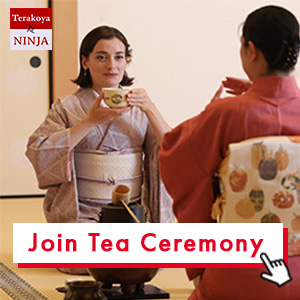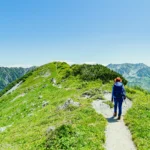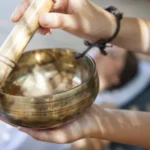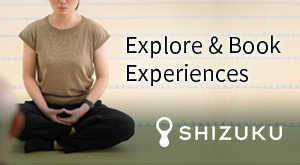Beyond simple relaxation, ganbanyoku (hot stone spa) is a unique wellness experience that has gained attention in Japan. Unlike an onsen, you don’t soak in water. Instead, you lie down on a bed of heated natural mineral stones, allowing the gentle warmth to penetrate deep into your body. It feels as if the earth is holding you, promoting sweating and boosting your vitality. If you’re someone who isn’t a fan of the high heat and humidity of a sauna, you can still feel refreshed and boost your vitality in the comfortable environment of a ganbanyoku room, which has a relatively lower temperature and humidity.
The Wellness Benefits of Ganbanyoku
Ganbanyoku offers various positive effects for your mind and body, powered by far-infrared rays and negative ions emitted from the heated natural stones.
- Far-Infrared Rays Warm You to the Core
The biggest feature of ganbanyoku is the heat from the far-infrared rays emitted by the natural stones. These rays are said to transfer heat deep into your body, which may help improve blood circulation and metabolism. This can warm you from the inside out and may ease stiffness in your shoulders and neck. By improving blood flow, oxygen and nutrients can circulate more easily to every part of your body.
- Gentle Sweating for Invigoration
Ganbanyoku uses low temperatures to encourage a slow, gentle sweat, making it ideal for those who dislike the intense heat of a sauna. Sweating slowly at a lower temperature is thought to help your body expel waste products from deep within your pores, which can lead to a feeling of invigoration.
- Negative Ions for Deep Relaxation
Some studies report that certain natural stones used in ganbanyoku can produce negative ions. These ions are believed to help balance your autonomic nervous system, reduce stress, and guide you into a state of deep relaxation.
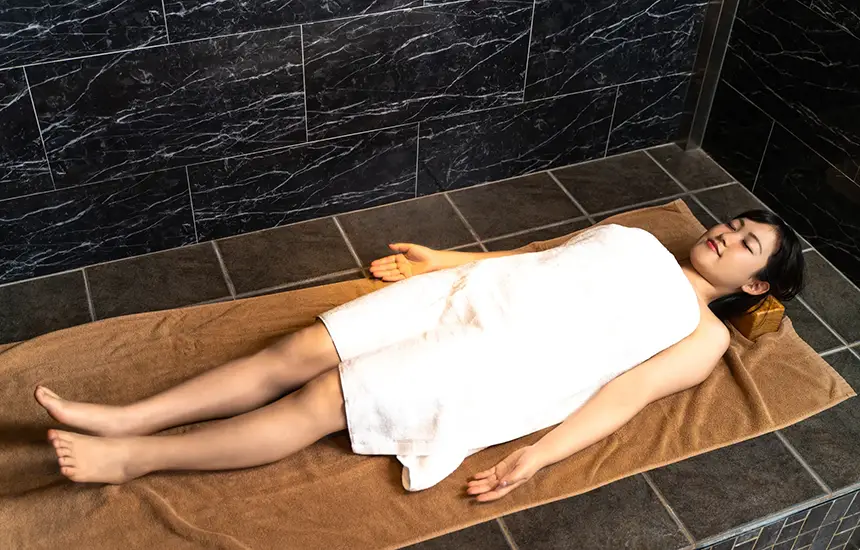
Ganbanyoku’s in Japan’s Hot Bath Culture
Japan has a variety of health-promoting customs, from ancient onsen culture to modern saunas. Each has a different purpose and effect, but ganbanyoku offers its own unique wellness experience.
- Different from an Onsen: In an onsen, you soak in hot water to soothe your muscles and relieve fatigue. With ganbanyoku, you lie down on warm stones to heat your body from the core and work up a gentle sweat.
- Different from a Sauna: Saunas use high heat and humidity to make you sweat profusely. In contrast, the room temperature for ganbanyoku is lower (around 45°C / 113°F) with moderate humidity (around 60-80%)*1, allowing you to warm up in a healthy way without straining your body.

Connecting with the History and Power of the Earth in Japan
The roots of ganbanyoku are deeply connected to Japan’s profound hot spring culture. The rare mineral Hokutolite, found at Tamagawa Onsen, was historically used for therapy, showing a long-standing tradition of using natural heat from bedrock to heal the body.
Modern ganbanyoku facilities use a variety of natural stones, each with its own potential health benefits. By choosing a facility that fits your travel style—from an onsen ryokan to a city spa—you can easily incorporate this gentle and healthy experience into your trip.
- Hokutolite: Known as a rare stone found at Tamagawa Onsen and Beitou in Taiwan, Hokutolite has been used for heat therapy at Tamagawa Onsen since ancient times.
- Germanium: It’s believed to promote blood circulation and an active metabolism, which is why it’s used in many facilities.
Tips for Enjoying Ganbanyoku
To enjoy ganbanyoku safely and to the fullest, keep a few key points in mind.
- Stay Hydrated: You sweat more than you might expect during ganbanyoku. Drink plenty of water before, during, and after your session to prevent dehydration.
- Take Breaks: Don’t push yourself to lie down for too long. Aim for about 15 to 20 minutes per session*2, then rest in a lounge area while rehydrating. Repeating this cycle a few times will reduce strain on your body.
- Use Clean Towels: Use the dedicated wear and towels provided by the facility for a hygienic experience.
- Listen to Your Body:If you feel tired or unwell, it’s best to avoid the session. Always listen to your body and don’t overdo it. Always listen to your body and don’t overdo it.

Experience Ganbanyoku on Your Wellness Journey
Ganbanyoku is more than just a way to warm your body; it offers a special time to step away from the everyday and take care of yourself. Be sure to add this experience to your wellness tourism plans for your trip to Japan.
References
*1 AllAbout
https://allabout.co.jp/gm/gc/15067/
*2 Nifty Onsen Matome
https://onsen.nifty.com/onsen-matome/211127703564/

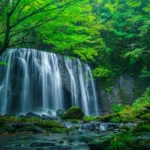
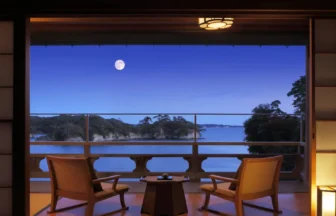
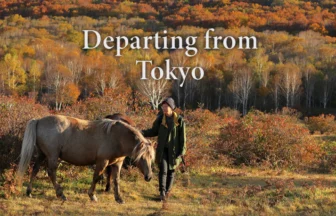
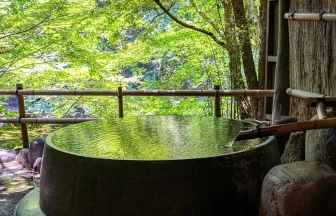
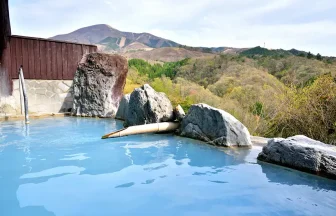
 Sponsored
Sponsored

